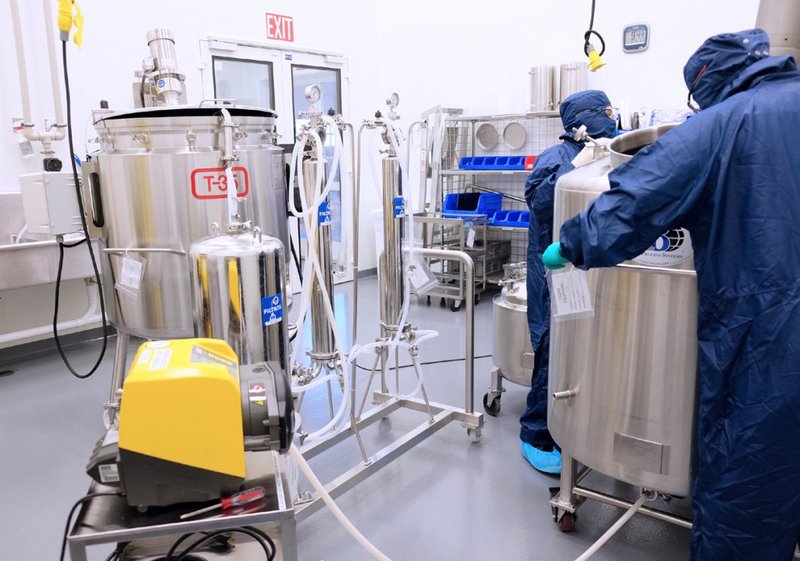Blog
When does pasteurized donor human milk expire?
As the amount of data showing that feeding human milk results in better outcomes for premature infants increases, the demand for donor milk has grown accordingly. Waste of this precious resource both in terms of availability of the milk itself and its cost is unconscionable. Consequently, ways to use this resource as efficiently as possible must be explored.
A recurring issue that has been a source of great frustration at many NICUs is the widespread acceptance of a 24-hour shelf life for frozen donor milk that has been thawed. This is based on recommendations by the CDC and others that were published years ago and which have not undergone subsequent revision. Despite the lack of revision to these publications, the state of knowledge has not remained static between the time those guidelines were issued and the present.
Much has been published in the literature regarding the safe storage of breastmilk in the refrigerator for periods beyond an initial 24 hours. In 2010 Slutzah and colleagues at Schneider Children’s Hospital in New York published a paper in which they looked at a variety of parameters in fresh breastmilk samples that were refrigerated in the NICU up to 96 hours. They showed that most of the parameters did not change over that time interval and the few that did showed minimal changes. Their overall conclusion was that breastmilk could be safely stored in the NICU refrigerator for up to 96 hours.

Storage time of donor milk in the NICU
In 2012 Cossey and colleagues published a review of neonatal practices in Belgium and Luxembourg. In that review they mentioned that storage time of donor milk in the NICU refrigerator was highly variable with a maximum acceptable storage time of seven days.[ii] In the same issue of the same journal Cohen and colleagues at Stanford University and the San Jose Mothers Milk Bank published a paper looking at the results of cultured, pasteurized donor milk that had been held in the NICU refrigerator for varying amounts of time. Although the authors concluded that milk could safely be held for 24-hours, seven of their 22 samples (32%) had been stored for longer than 48 hours and none of these tested samples showed any growth.
Pooled milk and bacterial quantities
In 2013 Bertino and colleagues in Turin, Italy conducted a study in which they pooled milk from three mothers with babies in the NICU and stored the milk in the refrigerator for up to 96 hours. They periodically tested the milk for a variety of parameters including pH, lipase activity, free fatty acid and total fatty acid profiles and antioxidant activity among other factors. They concluded that with regard to the parameters that they investigated the milk at 96 hours was no different than the milk when it was freshly expressed.
It should be noted, however, that others have shown a decline in antioxidant activity after 24 hours. In 2016 Meng and colleagues at North Carolina State University and the Vancouver (BC, Canada) milk bank published a paper in which they looked at left over and unused human milk that had been kept in the refrigerator in the NICU for up to seven days. They investigated the effect of bacteria, total protein, lysozyme activity, and secretory immunoglobulin. They determined that there was no significant change in bacterial quantities and that the protein activities remained stable for the entire period.
48-hour shelf life for human milk
Prolacta Bioscience, in support of its label claim of a 48-hour shelf life for human milk (mom’s own or Prolact HM) , conducted internal research which showed the milk to be stable with regard to both nutritional content and bacterial load whether or not it had been mixed with Prolact+ human milk-based human milk fortifier. The above-cited literature supports a refrigerated shelf life at least that long. Adoption of a 48-hour refrigerator shelf life could go a long way to reducing wastage of both donor milk and fortifier.
References
[i] Slutzah, Meredith et al. Refrigerator Storage of Expressed Human Milk in the Neonatal Intensive Care Unit. The Journal of Pediatrics , Volume 156 , Issue 1 , 26 - 28
[ii] Veerle C. et al. The Use of Human Milk in the Neonatal Intensive Care Unit: Practices in Belgium and Luxembourg. Breastfeeding Medicine. August 2012, 7(4): 302-306. https://doi.org/10.1089/bfm.2011.0112
[iii] Christen L, et al. The Effect of UV-C Pasteurization on Bacteriostatic Properties and Immunological Proteins of Donor Human Milk. PLOS ONE 8(12): e85867. https://doi.org/10.1371/journal.pone.0085867
[iv] Bertino, E. et al. Effect of Prolonged Refrigeration on the Lipid Profile, Lipase Activity, and Oxidative Status of Human Milk. J Pediatr Gastroenterol Nutr. DOI: 10.1097/MPG.0b013e31827af155
[v] Ting, M. et al. Storage of Unfed and Leftover Pasteurized Human Milk. Breastfeeding Medicine. December 2016, 11(10): 538-543. https://doi.org/10.1089/bfm.2016.0139.
[vi] Data on file, Prolacta Bioscience
